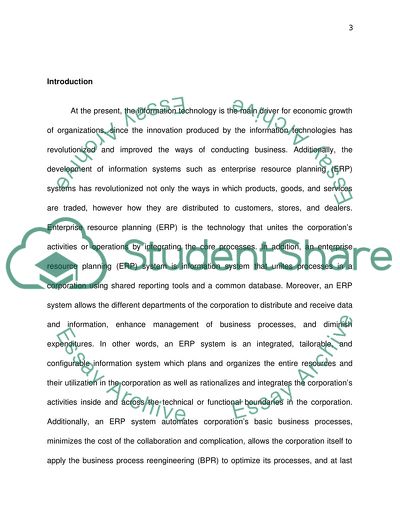Cite this document
(Enterprise Resource Planning Case Study Example | Topics and Well Written Essays - 2250 words, n.d.)
Enterprise Resource Planning Case Study Example | Topics and Well Written Essays - 2250 words. Retrieved from https://studentshare.org/information-technology/1737337-information-tecnologey-strategic-business-systems-erp-system
Enterprise Resource Planning Case Study Example | Topics and Well Written Essays - 2250 words. Retrieved from https://studentshare.org/information-technology/1737337-information-tecnologey-strategic-business-systems-erp-system
(Enterprise Resource Planning Case Study Example | Topics and Well Written Essays - 2250 Words)
Enterprise Resource Planning Case Study Example | Topics and Well Written Essays - 2250 Words. https://studentshare.org/information-technology/1737337-information-tecnologey-strategic-business-systems-erp-system.
Enterprise Resource Planning Case Study Example | Topics and Well Written Essays - 2250 Words. https://studentshare.org/information-technology/1737337-information-tecnologey-strategic-business-systems-erp-system.
“Enterprise Resource Planning Case Study Example | Topics and Well Written Essays - 2250 Words”. https://studentshare.org/information-technology/1737337-information-tecnologey-strategic-business-systems-erp-system.


